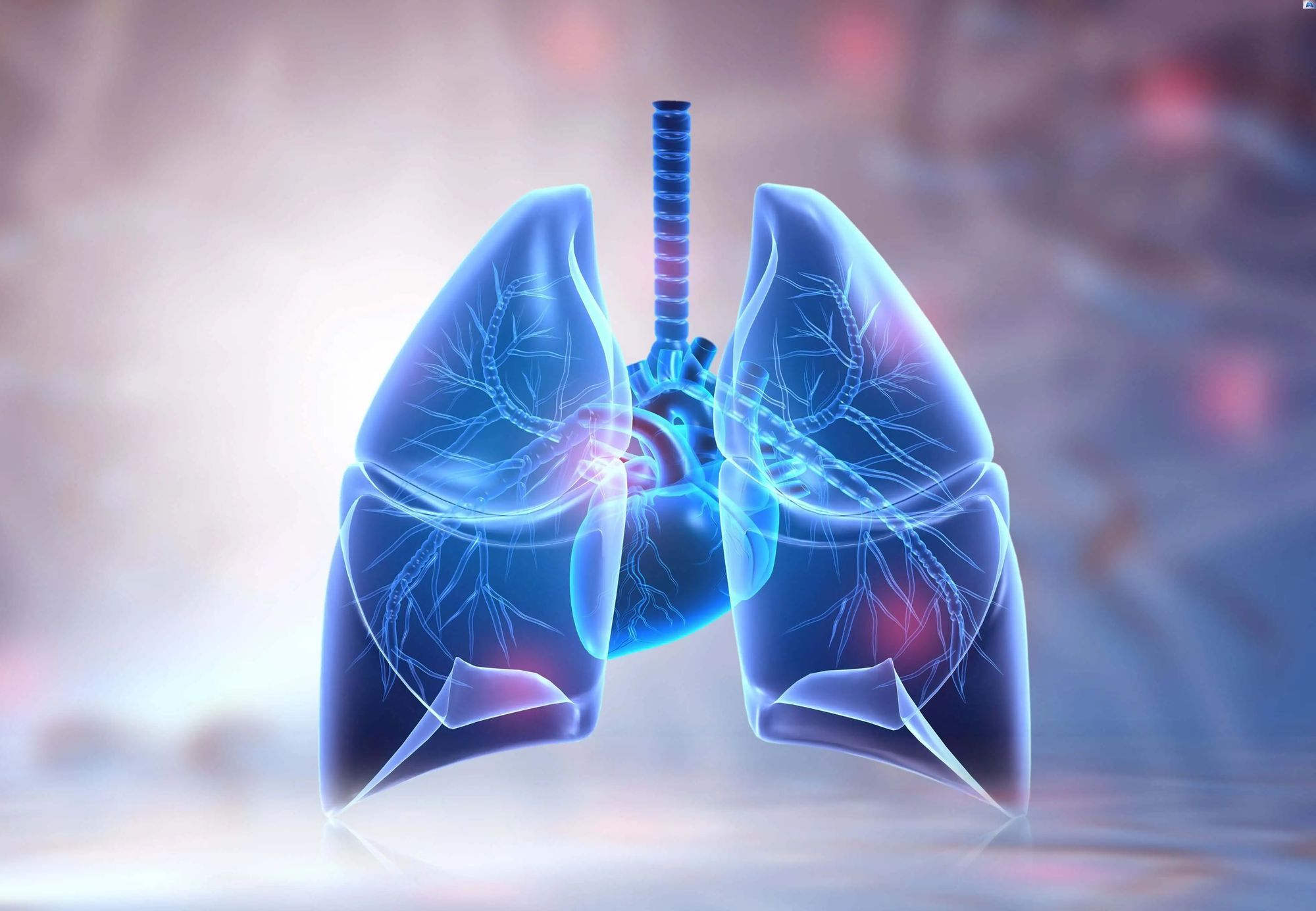
What is Organic Dust Toxic Syndrome (ODTS)? It's a respiratory and systemic illness caused by inhaling organic dusts contaminated with microorganisms. This condition often affects agricultural workers, mushroom handlers, and bird breeders. Symptoms appear 4 to 12 hours post-exposure and include fever, chills, muscle aches, and a dry cough. Unlike farmer's lung, ODTS doesn't involve autoimmune responses. The particles causing ODTS are tiny, ranging from 0.1 to 50 μm, allowing them to penetrate deep into the lungs. Preventive measures like proper ventilation and wearing masks are crucial. Understanding ODTS can help protect those working in dusty environments.
Key Takeaways:
- Organic Dust Toxic Syndrome (ODTS) is a respiratory illness caused by inhaling contaminated organic dusts. It affects agricultural workers, mushroom workers, and bird breeders, leading to fever, cough, and other symptoms.
- Preventive measures such as ventilation and respiratory protection are crucial in reducing the risk of ODTS. Understanding the seasonal peak and long-term effects can help in managing and preventing this occupational health hazard.
What is Organic Dust Toxic Syndrome?
Organic Dust Toxic Syndrome (ODTS) is a respiratory and systemic illness caused by inhaling organic dusts contaminated with microorganisms. It primarily affects people working in environments with high levels of organic dust, such as farms, grain handling facilities, and poultry farms.
-
Definition: ODTS is a noninfectious febrile illness caused by inhaling organic dusts, including grain, hay, and woodchips.
-
Symptoms: Symptoms appear 4 to 12 hours after exposure and last from one to five days. Common symptoms include fever over 38°C, chills, muscle aches, and general discomfort. Respiratory symptoms include shortness of breath and a dry cough, with wheezing occurring less frequently.
Who is at Risk?
Certain occupations and activities increase the risk of developing ODTS. Understanding these risks can help in taking preventive measures.
-
Occupational Risks: ODTS is most common among agricultural workers, particularly those handling grain, pig farming, and poultry breeding. Mushroom workers and those dealing with moldy materials are also at risk.
-
Exposure Sources: Primary sources of exposure include moldy grain, hay, woodchips, and other organic materials. These substances release bioaerosols containing fungal spores, bacteria, and other contaminants.
-
Agricultural Workers: Agricultural workers face higher risks due to frequent exposure to organic dusts. This includes farmers, pig workers, and poultry breeders.
-
Mushroom Workers: Mushroom workers are at risk due to high levels of fungal spores in their work environment, leading to severe respiratory symptoms and systemic illness.
-
Bird Breeders: Bird breeders may be exposed to organic dusts, especially when handling moldy bedding materials, causing similar respiratory and systemic symptoms.
How Does ODTS Develop?
The development of ODTS involves a complex interaction between the inhaled particles and the body's immune response.
-
Mechanism: ODTS is thought to be a toxic rather than autoimmune response. The airways are exposed to high concentrations of organic dust particles, leading to inflammation in the airways and alveoli.
-
Particle Size: Particles responsible for ODTS are typically between 0.1 to 50 μm in size, allowing them to penetrate deep into the lungs and cause inflammation.
-
Bacterial Contamination: Bacterial contamination in grain and other organic materials contributes to the inflammatory response in the lungs.
-
Chemical Residues: Residues from pesticides, fertilizers, and other agricultural chemicals can also contribute to the toxic effects of organic dusts.
Recognizing and Diagnosing ODTS
Recognizing the symptoms and understanding the diagnostic challenges can help in managing ODTS effectively.
-
Clinical Presentation: Patients typically present with fever, muscle aches, chest tightness, cough, and headache. The mean temperature is around 38.7°C, and the mean white blood cell count is 13.2 x 10^9/L.
-
Diagnostic Challenges: Diagnosis is often challenging due to nonspecific symptoms. Laboratory investigations may show a raised white cell count, but chest X-rays are often normal or show minimal interstitial infiltration.
-
Differential Diagnosis: ODTS is frequently misdiagnosed as farmer's lung, but it is a distinctly different disease process. Unlike farmer's lung, ODTS does not involve precipitating antibodies to farmer's lung antigens.
Seasonal and Environmental Factors
Certain times of the year and environmental conditions can increase the likelihood of ODTS.
-
Peak Season: The peak season for ODTS episodes is generally between July and October, with no cases noted from December to June. This contrasts with farmer's lung, which typically occurs between late autumn and spring.
-
Cluster Cases: ODTS tends to affect most workers exposed. In 16 episodes affecting more than one worker, coworkers experienced at least some symptoms in 12 (75%) of the cases.
Preventive Measures and Management
Preventive measures are crucial in reducing the risk of ODTS. Understanding these can help protect those at risk.
-
Preventive Measures: The illness is generally self-limiting, but preventive measures are crucial. These include limiting exposure to moldy environments through ventilation and wearing respiratory protection such as facemasks.
-
NIOSH Alert: The National Institute for Occupational Safety and Health (NIOSH) has issued alerts on workplace hazards related to ODTS. These alerts provide recommendations for minimizing the risk of exposure to organic dusts and for the use of respirators.
-
Management: Management of ODTS primarily involves preventive measures such as limiting exposure to moldy environments through ventilation and wearing respiratory protection. Medical treatment is not usually required, but supportive care may be necessary in severe cases.
Long-term Effects and Research
Understanding the long-term effects and ongoing research can help in better managing and preventing ODTS.
-
Chronic Effects: Individuals who have experienced ODTS symptoms are at an increased risk for developing chronic bronchitis and other respiratory problems with subsequent exposures to organic dusts.
-
Health Effects: The health effects of ODTS can be severe and include respiratory symptoms such as shortness of breath and cough, as well as systemic symptoms like fever and muscle aches. In severe cases, it can lead to non-cardiogenic pulmonary edema.
-
Outbreaks: Outbreaks of ODTS have been reported in various settings, including agricultural plants, mushroom facilities, and bird breeding farms. These outbreaks highlight the need for preventive measures and proper ventilation systems.
-
Exposure Models: Studies have used four-step models to assess the association between the development of ODTS and the handling of problematic seeds. These models include identification of exposure sources, characterization of bioaerosol emissions, personal and stationary exposure measurement, and repeated health examinations.
-
Recognition: ODTS was recognized as a distinct clinical syndrome in the 1980s. Since then, numerous case reports and studies have highlighted its importance as a significant occupational health hazard. The National Institute for Occupational Safety and Health (NIOSH) has published case reports and emphasized the need for further study on the syndrome.
Case Reports and Incidence
Case reports and incidence rates provide insight into the prevalence and impact of ODTS.
-
Case Reports: ODTS was initially described in farmers heavily exposed to organic dust while unloading silos. It was later reported in persons handling stored grain, particularly grain that appeared to be heavily contaminated with bacteria or molds.
-
Incidence: An estimated 30%-40% of workers exposed to organic dusts contaminated with microorganisms will develop ODTS.
Respiratory Function and Damage
Understanding the impact on respiratory function and potential damage can help in managing ODTS effectively.
-
Respiratory Function: Respiratory function may worsen to the point where hypoxia occurs, and damage to the airways may lead to non-cardiogenic pulmonary edema one to three days post-exposure.
-
Fungal Spores: Fungal spores are a significant component of organic dusts that can cause ODTS. These spores can be found in moldy grain, hay, and other agricultural materials.
-
Bioaerosols: Bioaerosols are airborne particles that contain living organisms or their byproducts. These particles can be highly toxic and cause severe respiratory and systemic symptoms in exposed individuals.
-
Grain Handling: Grain handling is a common scenario for ODTS. Workers involved in unloading silos, handling stored grain, and processing grain products are at a higher risk.
Understanding Organic Dust Toxic Syndrome
Organic Dust Toxic Syndrome (ODTS) is a serious health issue for those working in environments with high concentrations of organic dust. Symptoms like fever, chills, myalgia, and respiratory problems can appear within hours of exposure. Agricultural workers, mushroom handlers, and bird breeders are particularly at risk. The illness is caused by inhaling dust contaminated with microorganisms, leading to an inflammatory response in the lungs.
Preventive measures are crucial. Using proper ventilation and wearing respiratory protection can significantly reduce the risk. While ODTS is generally self-limiting, repeated exposure can lead to chronic respiratory issues. Awareness and preventive actions are key to protecting workers from this occupational hazard.
Recognizing the symptoms and understanding the risks can help in early diagnosis and management. By taking the right precautions, we can ensure safer working conditions for those exposed to organic dust.
Frequently Asked Questions
Was this page helpful?
Our commitment to delivering trustworthy and engaging content is at the heart of what we do. Each fact on our site is contributed by real users like you, bringing a wealth of diverse insights and information. To ensure the highest standards of accuracy and reliability, our dedicated editors meticulously review each submission. This process guarantees that the facts we share are not only fascinating but also credible. Trust in our commitment to quality and authenticity as you explore and learn with us.


